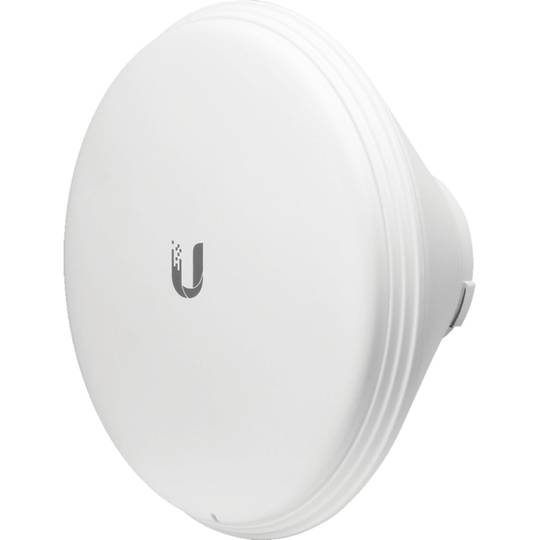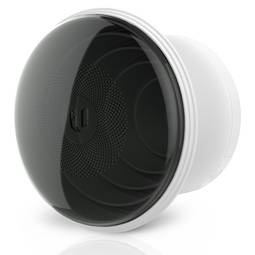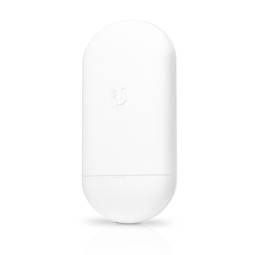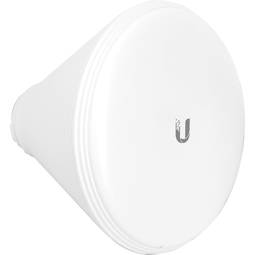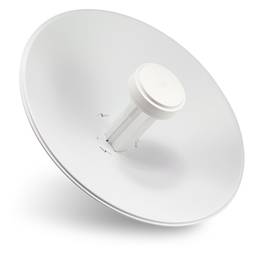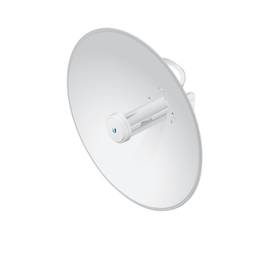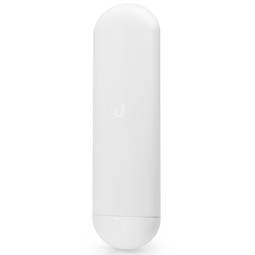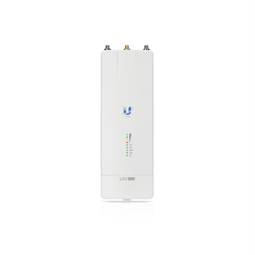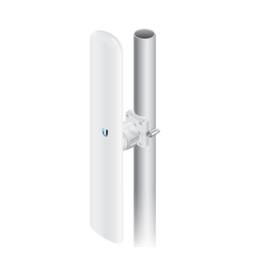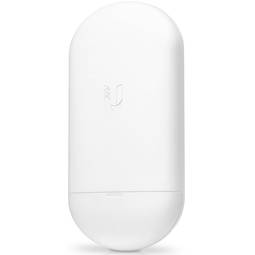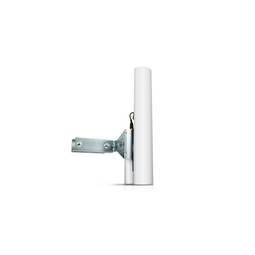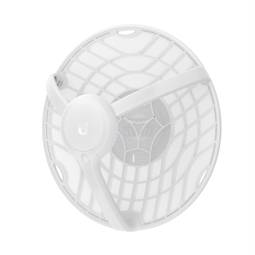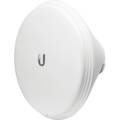06/14/2025 3:30 p.m.
https://cablematic.com/en/products/ubiquiti-horn-5-45-airmax-45deg-antenna-for-isostation-and-prismstation-UI192/
https://cablematic.com/en/products/ubiquiti-horn-5-45-airmax-45deg-antenna-for-isostation-and-prismstation-UI192/
Ubiquiti Horn 5-45 Airmax 45° antenna for Isostation and Prismstation
REF: UI192
Specifications
- Antenna gain (max): 15.5 dBi
- Band frequency: 5.15 - 5.85 GHz
- Horizontal beam width: 45°
- Antenna Type: Horn Antenna
- Polarization: Dual Polarization
PVP
€72.09
Price including VAT:
€72.09
PVD
€69.32
PVP: Retail price.
Check conditions.
PVP: Sale price to distributors.
Check conditions.
Buy before:
Receive it:
5 business days
Delivery times are approximate. Cablematic is not responsible for delays.
warranty
returns
safe
Specifications
- Antenna gain (max): 15.5 dBi
- Band frequency: 5.15 - 5.85 GHz
- Horizontal beam width: 45°
- Antenna Type: Horn Antenna
- Polarization: Dual Polarization
More info
Ubiquiti horn antenna that offers a maximum gain of 15.5 dBi in a frequency band of 5.15 - 5.85 GHz with a horizontal beam angle of 45°. This dual polarization antenna has a Voltage Standing Wave Ratio (VSWR) of 1.7:1 and a height of 96mm with a diameter of 17.5cm. The weight is 1.34 kg and the package contains 1 piece. Manufactured by Ubiquiti with reference HORN-5-45.
Specifications
Specifications
- Antenna gain (max): 15.5 dBi
- Band frequency: 5.15 - 5.85 GHz
- Horizontal beam width: 45°
- Antenna Type: Horn Antenna
- Polarization: Dual Polarization
- Voltage Standing Wave Ratio (VSWR): 1.7:1
- Height: 96mm
- Diameter: 17.5cm
- Weight: 1.34kg
- Quantity per package: 1 pc(s)
- Ubiquiti manufacturer reference: HORN-5-45
- Uses: This Ubiquiti Networks HORN-5-45 antenna is ideal for point-to-point and point-to-multi-point link applications.
- Compatibilities: Compatible with Ubiquiti network devices.
- Connections: RP-SMA female connector.
- Features: Compact design, easy to install.
- Colour: Black.
- Technology: Wi-Fi 802.11a/n.
- Gross Weight: 1.0 kg
- Number of packages: 1
- Master-pack: 1
Technical terms
- Hz
- dBi
- Wifi
Hz
One hertz is one cycle per second, meaning repeating cycle as an event. For example, hertz is applied physics measuring the number of times for a second wave (either acoustic or electromagnetic) is repeated or can be applied, among other uses, to ocean waves that reach the Beach vibrations per second or a solid. The quantity that measures the frequency hertz is called,in this regard, the inverse of the period. One hertz is an oscillation frequency of suffering a particle over a period of one second.




